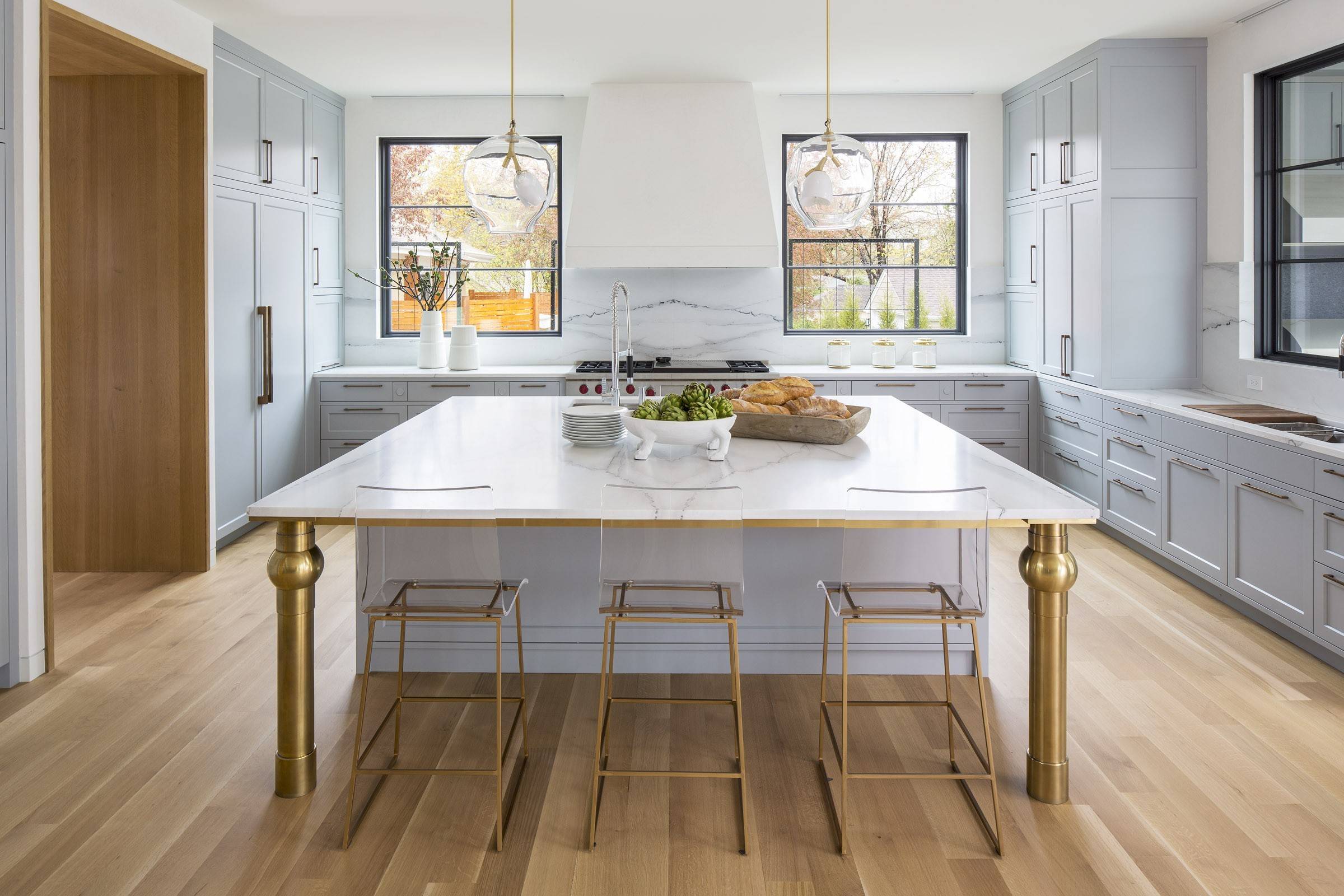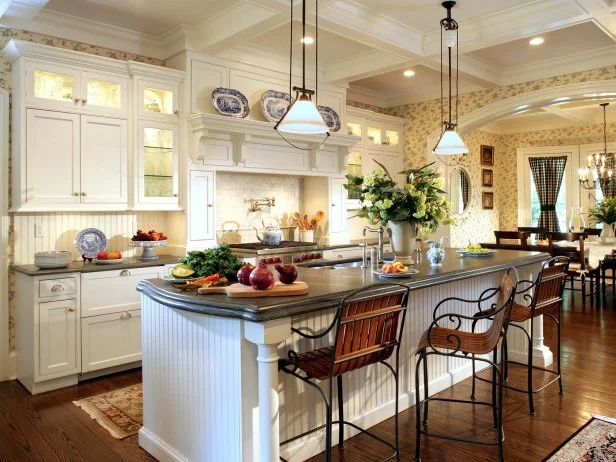Stylish Kitchen Island Legs: Boost Your Kitchen Style
A Guide to Selecting the Perfect Kitchen Island for Your Home
Understanding your kitchen's spatial dynamics is the first step, making certain that the island fits seamlessly without interrupting the circulation. The choice of finishes and products also plays a crucial duty in balancing the island with your kitchen area's general style.
Assessing Your Area
Before choosing a kitchen island, it is necessary to thoroughly analyze your area to make sure the enhancement will be both useful and visually pleasing. Begin by measuring the offered area, consisting of the size, size, and height of the kitchen. Precise measurements are essential to stay clear of buying an island that bewilders the area or one that is overmuch small.
Think about the existing format and exactly how the island will incorporate with the existing traffic flow. A well-placed island ought to not hinder or obstruct pathways accessibility to crucial appliances, such as the sink, fridge, and cooktop. Leave appropriate clearance area-- normally around 36 to 48 inches on all sides-- to enable comfy movement and work area effectiveness.
Next, assess the all-natural light and sightlines within your kitchen. An island that blocks a home window or interrupts visual communication can make the space feel dark and confined. Assume about how the island's positioning will impact lights and exposure, ensuring it improves instead of interferes with the kitchen's setting.
Identifying the Purpose
Establishing the function of your kitchen island is an essential action in ensuring it meets your details needs and choices. Before diving into design or size considerations, it is crucial to clarify what key feature the island will serve in your kitchen area. Will it be a main center for meal preparation, an informal dining area, or possibly an additional storage space service?
For those who enjoy food preparation, integrating appliances such as a cooktop or sink may be necessary. In addition, sufficient counter area for mixing and slicing, in addition to accessible storage space for kitchen area tools and ingredients, can change the island into an efficient workstation. Conversely, if the island is planned to serve or help with social interactions as an eating area, seating setups come to be paramount. In this case, making certain sufficient legroom and area for comfortable eating experiences is crucial.

Choosing the Right Size
Picking the ideal size for your cooking area island is a balance of functionality and room optimization. A suitable cooking area island must provide sufficient workspace while making certain that movement around the cooking area remains unobstructed. Begin by measuring your cooking area space; a minimal clearance of 36 to 42 inches around the island is required to permit for comfortable activity and accessibility.
The dimensions of the island ought to show its desired use. For example, if the island will certainly serve mostly as a prep location, a size of 24 to 36 inches may suffice. Nevertheless, if it is to suit seating, you ought to consider a bigger size, normally determining at least 48 inches in size. Islands dedicated to sinks or home appliances might need extra room to house these attributes sufficiently.

Finally, make sure that the island's dimension matches the total cooking area layout, preventing any type of overwhelming presence that may detract from the kitchen's visual and energy - kitchen island legs. Cautious planning and precise dimensions will certainly help you accomplish a reliable and harmonious kitchen setting
Choosing Materials and Finishes
After identifying the appropriate dimension for your kitchen island, the following step includes selecting appropriate materials and finishes. The selection of materials dramatically impacts both the aesthetic appeal and functionality of your kitchen island. Popular materials for counter tops include quartz, granite, and butcher block, each offering distinct view benefits.
Along with the counter top, consider the products for the space station. Strong wood provides a timeless, tough appearance, while stainless-steel gives a smooth, contemporary appearance and is simple to tidy. Repainted coatings can introduce a splash of color, with options ranging from low-key pastels to strong, vibrant tones.
When picking surfaces, ensure they match the total cooking area layout. Matte coatings offer a modern feeling, while shiny coatings can create a sleek, premium appearance. Take notice of the sturdiness of surfaces, especially in high-traffic areas, to maintain the island's appearance with time. Picking the ideal products and finishes will certainly boost both the performance and aesthetic appeal of your kitchen area island.
Including Practical Functions
Including functional attributes into your kitchen island can dramatically improve its utility and ease, transforming it right into a flexible focal point of your kitchen area. One vital feature to take into consideration is additional storage. Integrating cabinets, cabinets, and open shelving can offer much-needed room for pots and pans, utensils, and little appliances, aiding to preserve a clutter-free setting.
Another important addition is an integrated sink or cooktop, which can streamline dish prep work and clean-up procedures. A sink can facilitate jobs such as cleaning vegetables and cleansing recipes, while a cooktop can permit food preparation directly on the island, promoting a more interactive and social food preparation experience.
Think about incorporating seating alternatives, especially if your cooking area functions as an informal dining area. Bar feceses or integrated benches can change the island into a multifunctional area for dishes, research, or informal celebrations.
Lastly, incorporating electric outlets right into your kitchen island can boost its functionality. Outlets offer hassle-free gain access to for little kitchen area devices, billing stations for electronic tools, and additional lighting alternatives.
Conclusion

Prior to selecting a kitchen island, it is important to thoroughly examine your area to guarantee the enhancement will certainly be both functional and cosmetically pleasing.Selecting the best size for your cooking area island is a balance of performance and room optimization. kitchen island legs. A perfect kitchen area island ought to provide enough workspace while making certain that activity around the cooking area continues to be unblocked.Including functional attributes into your cooking area island can significantly enhance its utility and comfort, transforming it into a flexible centerpiece of your kitchen.In conclusion, selecting the ideal kitchen island necessitates an click here now extensive evaluation of the readily available area, clearness regarding its key function, and careful factor to consider of the appropriate size and materials